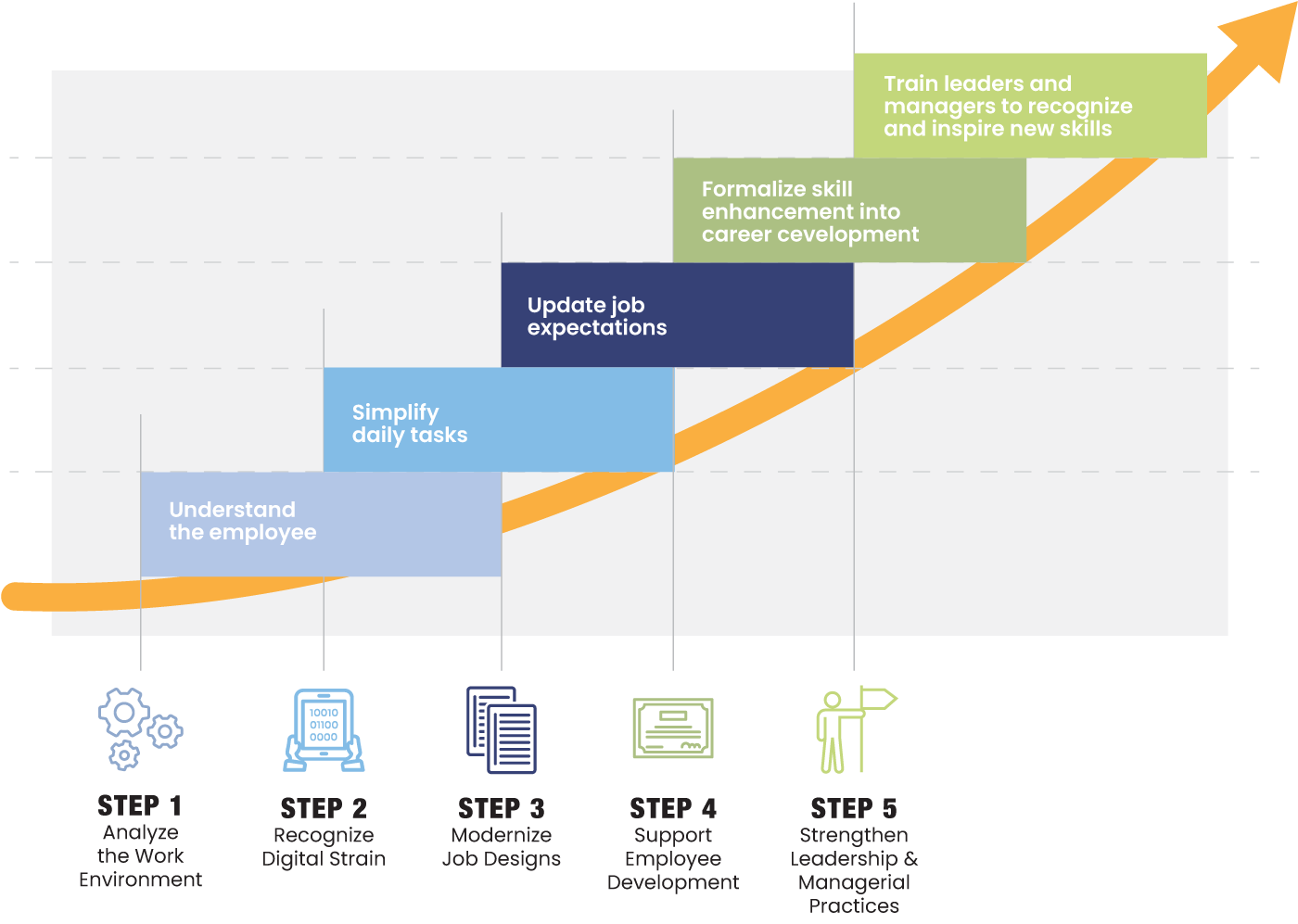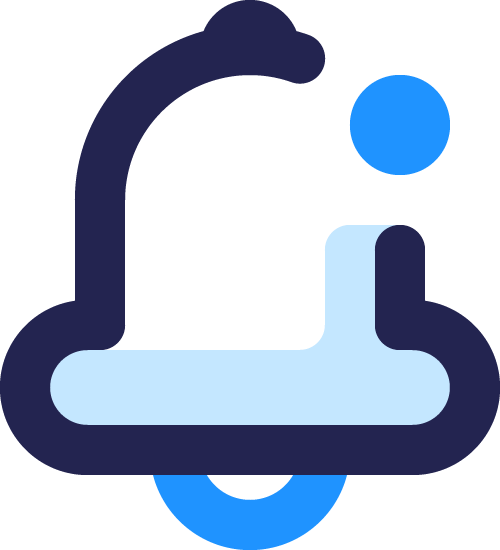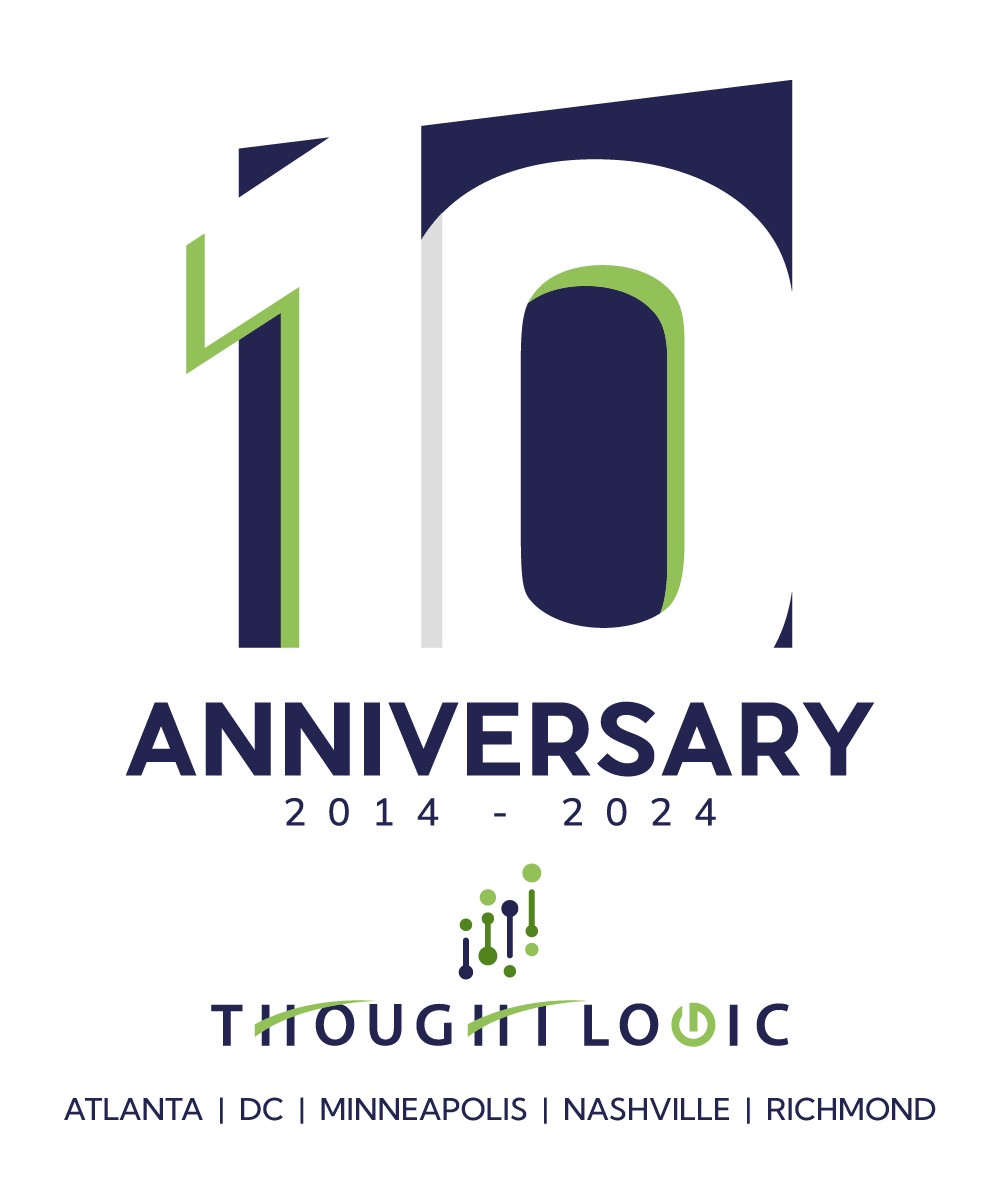Future-Proofing Your Organization: Navigating the Shifting Landscape of Human Resources
Today, Chief HR Officers and their leadership teams face the daunting task of leading organizations through an ever-evolving business landscape while effectively managing their most valuable asset: people. Stories of “The Great Resignation,” “Quiet Quitting,” “lockdowns,” and more have proliferated in the media over the past 3 years, causing an inflection point for HR as a profession as well as re-defining what employees and employers need from each other. However, due to the rise of recent developments in Artificial Intelligence, this balancing act has just become significantly more complicated.
This article delves into the latest research and insights to provide a strategic perspective on key HR challenges and offer actionable recommendations to enhance your organization’s success. Specifically, three critical areas are explored where data-driven solutions can make a significant impact: talent acquisition, employee engagement, and workforce development.
Optimizing Talent Acquisition for Success
In a fiercely competitive job market, attracting and retaining top talent is paramount. Based on recent studies, consider the following observations:
- An independent study reported that organizations with effective candidate screening and selection processes experienced 3.5 times higher revenue growth and were 2.6 times more likely to outperform their competitors.
- According to LinkedIn’s Talent Solutions, companies leveraging data-driven recruitment strategies achieved a 35% reduction in time-to-fill positions and a 70% increase in the quality of hires.
Initially, those observations might seem a bit fundamental. However, “effective candidate screening and selection processes” means adopting advanced techniques and tools to streamline the hiring process, such as:
- Implementing applicant tracking systems (ATS) to not only track, but to automate candidate screening and manage the talent pipeline more efficiently.
- Leveraging data analytics and predictive modeling to identify the most promising candidates based on their skills, qualifications, and cultural fit.
- Incorporating behavioral assessments and simulations to assess candidates’ problem-solving abilities, interpersonal skills, and potential for success within the organization.
To be clear, the power of data in Talent Acquisition cannot be underestimated. Most companies already scan for keywords in resumes; those who go further and analyze historical recruitment data find patterns and trends. Those trends improve clarity and accuracy of ideal candidate profiles, improving the selection process. Further, companies that use social media to reach passive candidates expand their talent pool, gaining a critical competitive edge in today’s labor market.
Additionally, the cost to replace an employee is approximately 150% of the vacant role’s market rate (salary) for mid-level employees. This factors in costs such as salaries of Recruiters and Hiring Managers/interviewers, screening and testing costs, sign-on bonuses, and lost work that the departed employee was responsible for. For higher-level employees, the replacement cost increases to over 300% of their salary because other factors such as equity payouts, severance expenses, relocation costs, and unique benefits such as vehicle- or housing-stipends add to the higher replacement cost.
For companies that already have an ATS, the question shifts to whether the full automation benefits are being obtained. By optimizing screening and selection processes, HR departments can minimize hiring biases, improve the quality of hires, ultimately driving better business performance. Companies that fully optimize their processes as well as ATS are able to continually evolve their talent practices and protect the Talent Acquisition team from burnout.
Fostering Employee Engagement and Well-Being
Engaged employees are the backbone of a successful organization. They are motivated, committed, and actively contribute to achieving organizational goals. In addition to employee engagement, investing in employee well-being is equally crucial for creating a positive work environment – both in person and digitally. Gallup’s recent State of the Global Workplace report revealed that engaged employees have 21% higher profitability, 17% higher productivity, and 41% lower absenteeism. This highlights the tangible impact of employee engagement on business outcomes: engaged employees are more likely to go the extra mile, deliver high-quality work, better customer service, and exhibit a greater sense of ownership and accountability.
Further, a Harvard Business Review study found a direct causal relationship between employee satisfaction and subsequent revenue at organizations with robust well-being programs. Specifically, this study found a 50% increase in revenue between top-quartile organizations vs bottom-quartile organizations, as well as a 45% improvement in profits per person-hour. This underscores the relationship between employee experience and customer experience since customer experience is correlated to financial health.
However, it’s been our experience that there’s still a good amount of confusion over what exactly “employee experience” is and how to measure it. Most can see the results of a positive employee experience, but few are able to specify what it takes to actually influence enterprise-wide dynamics. To illustrate the connection between employee experience and enterprise-wide dynamics, consider the following elements:
- Analyze the work environment: implement an employee listening program, recognize and reward accomplishments, and give access to self-directed growth opportunities outside of a formal Upskilling curriculum.
- Recognize digital strain: incorporate smart controls and automation to reduce employees’ cognitive loads, simplify the day-to-day tasks across the workforce, and allow flexibility in ways of working.
- Modernize job designs: evaluate whether the jobs still match the work being done in today’s environment, and then update the descriptions, expectations, and success metrics.
- Support employee development: companies demonstrate a commitment to employee growth by identifying and offering opportunities for skill enhancement, career advancement, and continual learning.
- Strengthen leadership & managerial practices: leadership development programs can equip managers with skills to motivate, inspire, and empower their teams, directly contributing to improved employee engagement and productivity.

Employee surveys are a great first step to get data-driven, actionable insights straight from the employees on what matters most to them; from there, look to address immediate issues stemming from digital strain and then incorporate changes into job designs. As job designs evolve, so do programmatic employee and leadership development offerings, resulting in enterprise-wide changes. There is no question that the past 3 years placed a heightened focus on employee well-being; future proof companies learned how to use data-driven insights to help them understand, measure, and build employee engagement and well-being, and then invested in those areas that made the most impact to their specific workforce.
Empowering Workforce Development Through Learning and Upskilling
In a world of rapidly evolving technologies and market demands, organizations must prioritize continuous learning and upskilling, thereby equipping the workforce with necessary skills for future success. Consider the following statistics:
- A recent Future of Jobs report showed that 60% of employees will need reskilling by 2027 due to advances in automation and artificial intelligence, particularly in the skillsets of AI & Big Data as well as Leadership & Social Influence.
- Goldman Sachs estimates that 25% of all tasks will be exposed to AI takeover, putting 300 million jobs globally at risk; for the U.S., 63% of the corporate sector will see nearly half its workload affected by AI.
Going forward, the way companies train their workforces must evolve with how business is changing; the fact that the top two skills domains are balanced between technological abilities and influential abilities speaks to the power that workforce planning and talent strategies have on business objectives. To achieve this, HR leadership teams should focus on the following.
- Develop blended learning programs: Design and implement custom learning programs that address specific skill gaps identified through skills gap analysis, being sure to include levers for both analytical as well as creative thinking. This can include a mix of internal and external training, cross-functional projects, and partnerships with educational institutions. Leveraging internal subject matter experts to enhance employee skills will foster a continuous learning culture.
- Align talent strategies: ensure flexibility in talent strategy by identifying specific talent metrics across the employee life cycle that specifically address growth in overall leadership and mastery of emerging technologies.
- Cultivate collaboration and knowledge sharing: Encourage cross-functional collaboration, knowledge sharing, and mentorship within the organization by hosting internal training sessions, workshops, and projects to leverage the expertise of high-performing employees. A citizen-led culture of collaboration will foster a culture of continuous learning and provide opportunities for employees to showcase their skills through challenging assignments or projects.
Simply put, the ways companies trained workforces pre-AI will not be successful in the coming years – employees will leave for companies that have modern upskilling programs. The evolution of Learning & Development from a multi-year curriculum into a culture of continuous learning will require proactive talent planning, frequent skills gap analysis assessments followed by the implementation of customized learning programs (formal and informal), and incorporation into overall career management philosophy. When HR leverages AI to improve their understanding of where the workforce stands compared to changing market conditions, and then implements a flexible and robust way to grow the workforce, that company will move forward along the journey of becoming future proof.
Summary
In summary, advanced technology is changing the nature of business, and HR leaders are forced to pay attention to organization and talent health issues at the same time. By optimizing talent acquisition, fostering employee engagement and well-being, and empowering workforce development, your organization can achieve sustainable success.

About People + Change
Thought Logic’s People + Change smartSolution helps businesses reimagining the power of people to excel in an environment of continuous change.

Sign up to receive future Insights in your email box.
Never miss an update.









